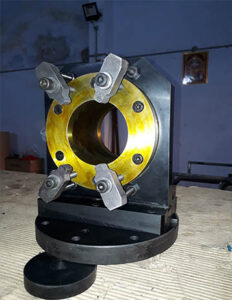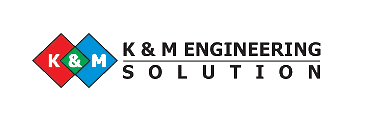In precision machining, especially with CNC operations, it’s easy to focus on machine capabilities, programming, and toolpath strategies. However, one critical yet underestimated component of this ecosystem is the fixture. The right fixture enhances accuracy, speed, and consistency — but the wrong one silently increases cost, time, and scrap. Here are five hidden costs that often go unnoticed when manufacturers don’t invest in the right fixturing solutions.

-
1. Increased Tool Wear and Breakage
A poorly designed fixture doesn’t secure the part properly, leading to micro-vibrations during machining. These vibrations cause uneven tool engagement, which increases tool wear and can lead to premature tool breakage.
Example: In a recent automotive part batch, the client noticed tool breakage every 70 parts. After switching to a rigid, custom fixture that absorbed vibration, tool life extended to 180 parts per tool. -
2. Setup Time That Eats Into Profits
If your fixture requires constant manual adjustments or complex setups, you’re losing money every time the machine sits idle. Setup time is often dismissed as “part of the process,” but it’s a silent killer of productivity.
Quick Tip: Use quick-change fixtures or zero-point clamping systems to reduce downtime between jobs. -
3. Rejected Parts and Rework
Misalignment, poor clamping pressure, or deformation during machining leads to parts out of tolerance. Even if only a small percentage is rejected, the cost adds up across high-volume runs.
Here’s a rough breakdown of how this cost compounds:Batch Size Rejection Rate Rework Cost/Part Total Loss 500 units 5% (25 pcs) ₹350 ₹8,750 2,000 units 3% (60 pcs) ₹290 ₹17,400 -
4. Slower Machining Strategies
CAM programmers often compensate for unreliable fixtures by using conservative feeds and speeds. This safety-first approach avoids failure but sacrifices cycle time. Instead of running at 100% capability, the machine runs at 60–70%.
Real-world insight: After upgrading a fixture, one client increased feed rates by 25% and reduced total machining time per part by over 40 seconds — significant in a 1,000-part run. -
5. Limited Scalability
Fixtures that are acceptable for prototypes or small batches often fail under production pressure. As volumes grow, issues like operator fatigue, inconsistent clamping, and part misalignment become more pronounced.
Example: A supplier used basic vice-based fixturing for small orders. As orders increased, setup fatigue led to more mistakes. A modular fixture system brought uniformity and cut down training time for new operators.
These costs don’t always show up in your ERP system. They appear as lost hours, frustrated operators, rework cycles, unplanned tooling expenses, and missed deadlines. The fixture might be a passive component, but it actively shapes your bottom line.
Frequently Asked Questions
Q: Is it worth investing in custom fixtures for short-run jobs?
A: Yes — especially if your short-run job involves tight tolerances, complex geometry, or multiple machining operations. A simple modular fixture can be reused across several similar parts, giving you flexibility without recurring design costs.
Q: Can I use the same fixture for both VMC and HMC machines?
A: Technically yes, but it depends on the fixture design, machine table, and access requirements. It’s often better to optimize each fixture for the specific machine type to maximize rigidity and cycle time efficiency.
Q: How do I know if my fixture is underperforming?
A: Watch for signs like inconsistent part quality, longer-than-expected setup times, frequent tool breakage, or operator complaints about loading difficulty. These are red flags that your fixture may need an upgrade.
Summary in One Line:
The right CNC machining fixture doesn’t just hold the part — it holds your production system together.

